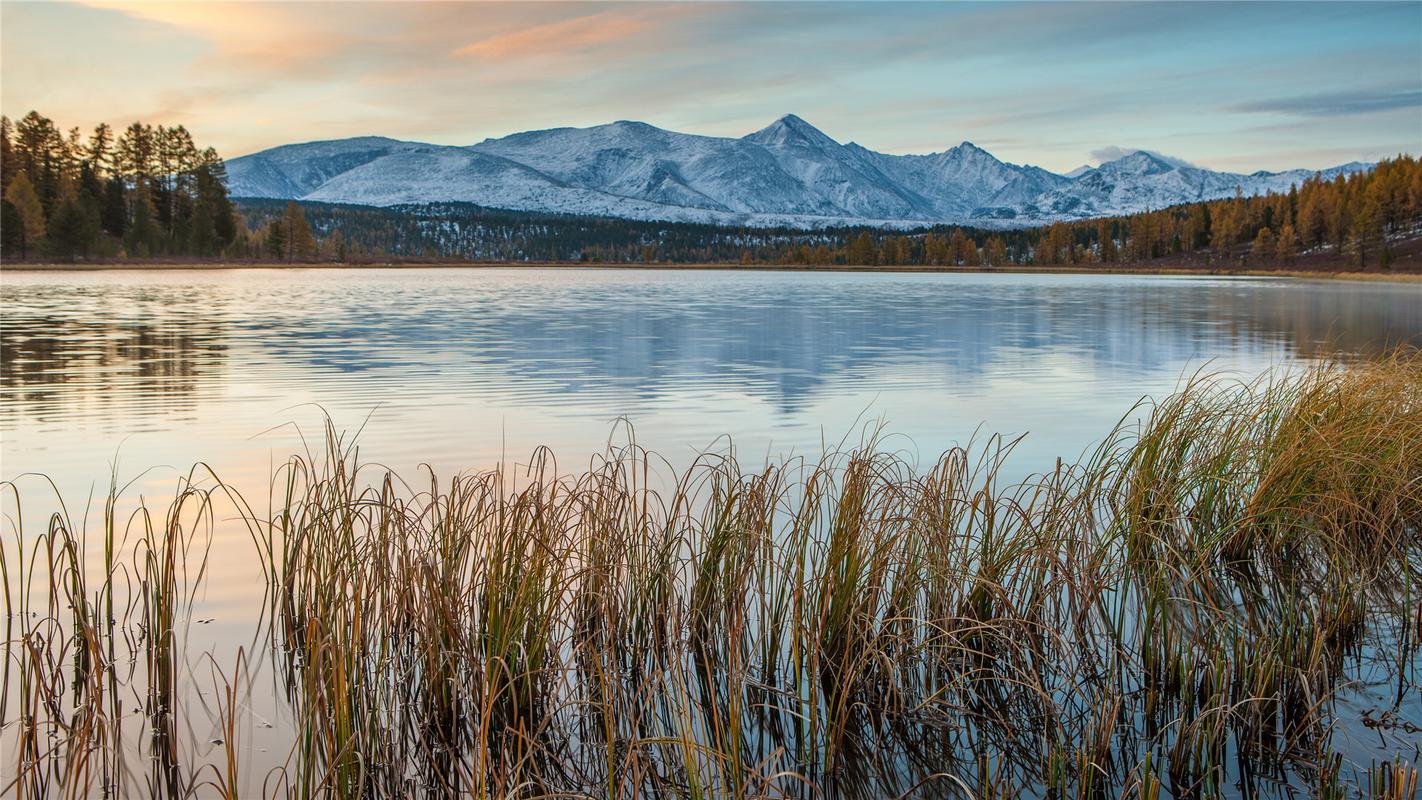Uncovering the Fascinating World of Invertebrates: A Complete Guide to Understanding These Creepy-Crawlies
Introduction
Invertebrates are the most diverse group of animals on the planet, making up over 95% of all animal species. From tiny insects to giant squid, these creatures have adapted to life in every corner of the Earth and play critical roles in the ecosystem. Despite their significance, many people find them creepy and overlook their importance. In this article, we will delve into the fascinating world of invertebrates and explore their diverse and intricate characteristics.
The Importance of Invertebrates
Invertebrates play critical roles in the ecosystem, serving as pollinators, decomposers, and food sources for other animals. Without these creatures, the food web and the balance of nature would be severely disrupted. Invertebrates also have unique characteristics that make them fascinating to study. For example, the jumping spider has eight eyes and can see in incredible detail, while the jewel wasp can turn cockroaches into zombie-like hosts to lay its eggs.
The Different Types of Invertebrates
Invertebrates are divided into many different groups based on their physical characteristics. The largest group, the arthropods, includes spiders, insects, and crustaceans, among others. Mollusks, such as snails and clams, are another major group, while echinoderms, such as starfish and sea urchins, have a unique radial symmetry. Other groups include worms, jellyfish, and sponges.
How Invertebrates Adapt to Their Environment
Invertebrates have evolved numerous adaptations to help them survive in different environments. For example, insects have wings and can fly to escape predators or find food. Some worms have bioluminescent characteristics that help them attract prey in the deep ocean. Others have incredibly strong exoskeletons that protect them from predators. These adaptations have allowed invertebrates to thrive in a wide range of habitats, including the ocean, the desert, and the rainforest.
Invertebrate Conservation
Unfortunately, many invertebrates are at risk due to habitat loss, pollution, and climate change. Some species, such as the monarch butterfly and the bumblebee, are already facing population decline. Conserving these creatures is crucial to maintain the balance of the ecosystem and ensure biodiversity. Measures such as reducing pesticide use and creating protected areas can help invertebrates thrive.
Conclusion
Invertebrates are fascinating creatures with unique characteristics and roles in the ecosystem. They also face many threats and require conservation efforts. By understanding and appreciating invertebrates, we can contribute to the conservation of these creepy-crawlies and the health of the planet.
(Note: Do you have knowledge or insights to share? Unlock new opportunities and expand your reach by joining our authors team. Click Registration to join us and share your expertise with our readers.)
Speech tips:
Please note that any statements involving politics will not be approved.
